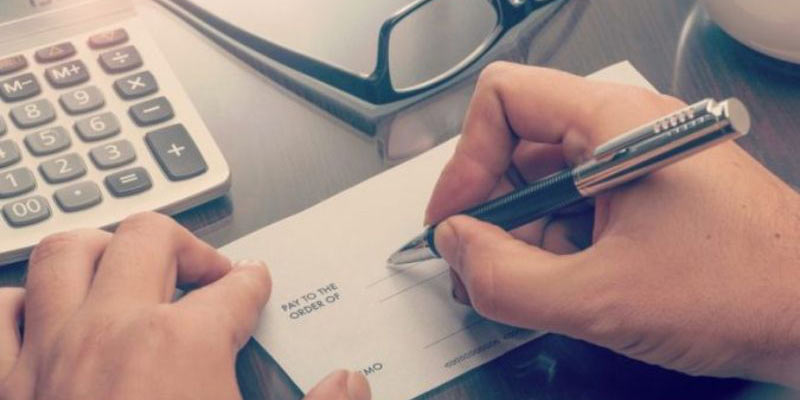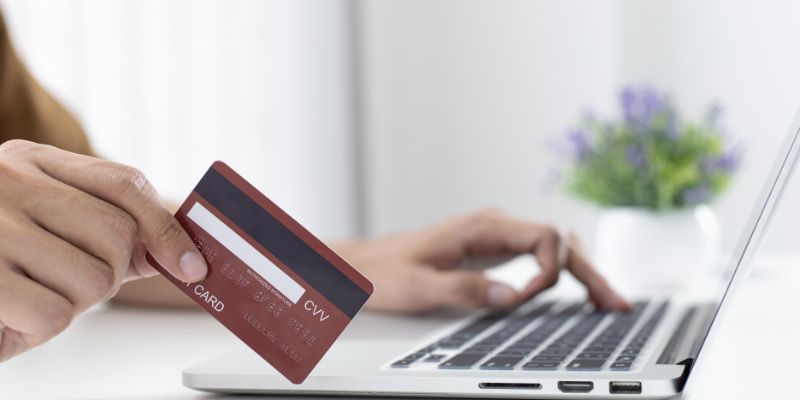How To Deposit a Check for Someone Else
Triston Martin
Oct 10, 2023
Within the domain of financial transactions, a common query emerges: "Is it possible to deposit a check for someone else?" While the act of depositing a check on behalf of another individual is feasible, it entails following specific guidelines to guarantee a smooth and lawful transaction.
Step-by-Step Guide: Can I Deposit a Check for Someone Else?
If someone is wondering how can I deposit a check for someone else, then you should follow the following steps:
Step 1: Obtain Proper Authorization
The foundation of depositing a check for someone else lies in obtaining explicit authorization. This step is crucial to ensure that you have the legal right to handle the check on the recipient's behalf. Secure explicit approval from the person by obtaining their signature on a letter or form consenting to your depositing of the check. In specific situations, there could be a necessity for a power of attorney documentation, particularly if you're assisting an individual who is incapable of managing their financial matters.
Step 2: Properly Endorse the Check
Endorsing the check correctly is essential to prevent any confusion or misuse. There's usually a designated area for endorsements on the back of the check. The recipient of the check should sign their name, and right beneath it, write "For Deposit Only" followed by their account number. This endorsement ensures that the funds are directed solely to the recipient's account and can't be cashed by anyone else.
Step 3: Familiarize Yourself with Bank Policies
Different banks have varying policies when it comes to depositing checks for someone else. You can reach out to the bank where you'll deposit the check. Ask about their requirements, such as an authorization letter, account holders and your ID, and other needed documents. Knowing their policies helps you gather the right papers for a seamless experience.
Step 4: Gather Identification and Documentation
When visiting the bank to deposit the check, bring valid identification for yourself and any required documentation to prove your relationship with the account holder. This could include the authorization letter, a power of attorney document, or any other legal paperwork that establishes your authority to handle their financial matters. The bank needs to verify your identity and your right to conduct the transaction on their behalf.
Step 5: Complete the Deposit Slip
Prior to engaging with the bank teller or utilizing an ATM to complete the deposit procedure, it might be necessary to complete a deposit form. This form usually necessitates inputting details such as the account holder's name, the account number, the precise amount on the check, and other pertinent information. The deposit slip helps ensure that the funds are allocated correctly to the intended account
Step 6: Visit the Bank or Use Remote Deposit
You can choose between visiting a branch or using remote deposit. For branch visits, present the check to the teller. With remote deposit, use a banking app to electronically submit images of the endorsed check.
Step 7: Verify the Transaction
Once the deposit has been completed, make sure to jot down the specifics of the transaction. This should encompass the deposited sum along with any verification code furnished by the bank. Maintaining a record of these transactions for your personal use is a prudent habit to adopt.
Step 8: Monitor the Account
Once the deposit has been finalized, it's advisable to routinely review the account to confirm the correct crediting of the funds. This measure aids in confirming the successful execution of the procedure and the availability of the funds for the intended beneficiary's utilization.
Step 9: Communicate with the Check Recipient
Following the conclusion of the deposit procedure, establish communication with the check beneficiary to inform them about the accomplished transaction. Furnish them with relevant details, encompassing the date of deposit and the expected availability date for the funds.
Step 10: Handle Any Potential Issues
In the rare event that there are issues with the deposit or discrepancies in the transaction, contact the bank immediately. They can provide assistance in resolving any problems and ensuring that the funds are properly credited to the intended account.
Complexities to Deposit a Check for Someone Else
Authorization and Legalities
One of the primary challenges is ensuring you have proper authorization to deposit the check on someone else's behalf. Without explicit consent or legal authority, your actions could be considered unauthorized use of their funds. Obtaining the required documentation, such as a signed letter of authorization or a power of attorney, can sometimes be a cumbersome process.
Bank Policies and Documentation
Each bank has its own policies and requirements for depositing a check for someone else. These policies can be intricate and might demand specific documents, such as a copy of the authorization letter, proof of relationship, and identification for both parties. Failing to provide the correct documentation could result in a denied transaction.
Identification Challenges
Banks often require valid identification from the person depositing the check and the account holder. If you lack the necessary identification or the account holder's identification is unavailable, the bank might not process the deposit.
Conclusion

In conclusion, "Can I deposit a check for someone else?" is answered with an affirmative answer, accompanied by a set of vital considerations. The process of depositing a check on behalf of another individual involves obtaining proper authorization, endorsing the check accurately, understanding and adhering to bank policies, providing necessary identification, and ensuring the accuracy of account details. By following the steps discussed in this article diligently and responsibly, individuals can navigate this process successfully and conduct legitimate financial transactions on behalf of others. Moreover, each step serves as a safeguard against potential misuse and legal complexities, ultimately ensuring the integrity of financial transactions.








